 In a recent survey of enterprise hybrid cloud users, the Evaluator Group saw that nearly 60% of respondents indicated that lack of interoperability is a significant technology issue that they must overcome in order to move forward. In fact, lack of interoperability was the number one issue, surpassing public cloud security and network security as significant inhibitors.
In a recent survey of enterprise hybrid cloud users, the Evaluator Group saw that nearly 60% of respondents indicated that lack of interoperability is a significant technology issue that they must overcome in order to move forward. In fact, lack of interoperability was the number one issue, surpassing public cloud security and network security as significant inhibitors.
The SNIA Cloud Storage Initiative (CSI) is pleased to have John Webster, Senior Partner at Evaluator Group, who will join us on December 12th for a live webcast to dive into the findings of their research. In this webcast, Multi-Cloud Storage: Addressing the Need for Portability and Interoperability, my SNIA Cloud colleague, Mark Carlson, and John will discuss enterprise hybrid cloud objectives and barriers to adoption. John and Mark will focus on cloud interoperability within the storage domain and the CSI’s work that promotes interoperability and portability of data stored in the cloud.
As moderator of this webcast, I’ll make sure we offer great insights on real-world cloud deployment challenges. As always, we will be available to answer your questions on the spot. I encourage you to register today. We hope to see you on the 12th.









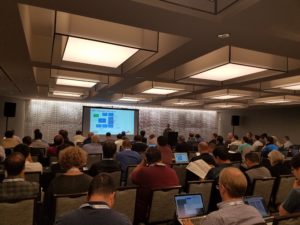 focused on technology growth markets of physical storage, storage management, data, object storage, and cloud storage. Storage Architecture led the way with 20 individual sessions, followed by 15 Solid State/Non-Volatile Memory, eight SMB, and six NVMe sessions. Storage management, including SMI and SNIA Swordfish® presentations, had an entire track with eight sessions on Thursday.
Attendees called out a number of sessions as their favorites - and the ratings proved it. But don’t be alarmed if you missed out – SNIA has
focused on technology growth markets of physical storage, storage management, data, object storage, and cloud storage. Storage Architecture led the way with 20 individual sessions, followed by 15 Solid State/Non-Volatile Memory, eight SMB, and six NVMe sessions. Storage management, including SMI and SNIA Swordfish® presentations, had an entire track with eight sessions on Thursday.
Attendees called out a number of sessions as their favorites - and the ratings proved it. But don’t be alarmed if you missed out – SNIA has 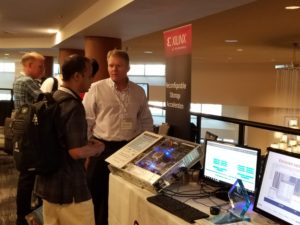 three
three 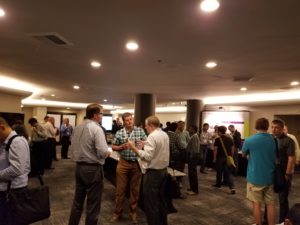 Whether you participated in person or virtually by viewing
Whether you participated in person or virtually by viewing 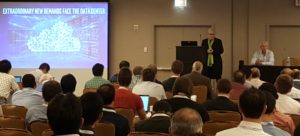 The SNIA Technical Council has again put together a wide-ranging technical agenda featuring more than 125 industry experts from 60 companies and industry organizations, including Dell/EMC, Docker, FCIA, Google, Hitachi, HPE, IBM, Intel, Microsoft, NetApp, Oracle, Samsung, SAP, STA, and Toshiba.
Over four days, network with fellow architects, developers, integrators, and users, and choose from 100+ sessions, three plugfests, and six Birds-of-a-Feather deep dives on a wide range of cutting edge technologies.
Current General Session speakers are Sage Weil from Red Hat on Building a New Storage Backend for Ceph and Martin Petersen from Oracle on Recent Developments in the Linux I/O Stack.
Among the 15+ topic areas featured at the conference are sessions on:
* Flash and Persistent Memory
The SNIA Technical Council has again put together a wide-ranging technical agenda featuring more than 125 industry experts from 60 companies and industry organizations, including Dell/EMC, Docker, FCIA, Google, Hitachi, HPE, IBM, Intel, Microsoft, NetApp, Oracle, Samsung, SAP, STA, and Toshiba.
Over four days, network with fellow architects, developers, integrators, and users, and choose from 100+ sessions, three plugfests, and six Birds-of-a-Feather deep dives on a wide range of cutting edge technologies.
Current General Session speakers are Sage Weil from Red Hat on Building a New Storage Backend for Ceph and Martin Petersen from Oracle on Recent Developments in the Linux I/O Stack.
Among the 15+ topic areas featured at the conference are sessions on:
* Flash and Persistent Memory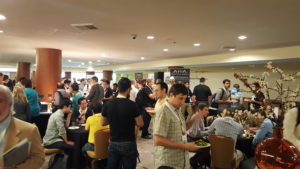 * Big Data, Analytics, and the Internet-of-Things
* Storage Resource Management
* Storage Performance and Workloads
* Containers
* Object and Object Drive Storage
* Cloud Storage
* Storage Security and Identity Management
* Data Performance and Capacity Optimization
Network with our sponsors Intel, Cisco, IBM, Kalray, Radian, OpenSDS, Celestica, Chelsio, MemoScale, Newisys, SerNet, and Xilinx. Check out special demonstrations in our “Flash Community” area.
* Big Data, Analytics, and the Internet-of-Things
* Storage Resource Management
* Storage Performance and Workloads
* Containers
* Object and Object Drive Storage
* Cloud Storage
* Storage Security and Identity Management
* Data Performance and Capacity Optimization
Network with our sponsors Intel, Cisco, IBM, Kalray, Radian, OpenSDS, Celestica, Chelsio, MemoScale, Newisys, SerNet, and Xilinx. Check out special demonstrations in our “Flash Community” area.
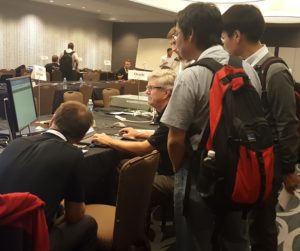 If you’re a vendor wanting to test product interoperability, grab this chance to participate in one or more of the SDC plugfests underwritten by Microsoft, NetApp, SNIA Cloud Storage Initiative, and SNIA Storage Management Initiative (SMI): Cloud Interoperability, SMB3, and SMI Lab focused on SNIA SwordfishTM open to all with SNIA SwordfishTM implementations. Find all the details
If you’re a vendor wanting to test product interoperability, grab this chance to participate in one or more of the SDC plugfests underwritten by Microsoft, NetApp, SNIA Cloud Storage Initiative, and SNIA Storage Management Initiative (SMI): Cloud Interoperability, SMB3, and SMI Lab focused on SNIA SwordfishTM open to all with SNIA SwordfishTM implementations. Find all the details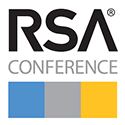 February 14-17 2017, join SNIA in San Francisco at the
February 14-17 2017, join SNIA in San Francisco at the  The following week, February 21-23, join SNIA at
The following week, February 21-23, join SNIA at 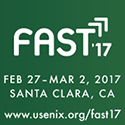 Closing out February, find SNIA at their booth at
Closing out February, find SNIA at their booth at 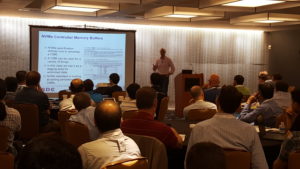 You'll want to stream keynotes from Citigroup, Toshiba, DSSD, Los Alamos National Labs, Broadcom, Microsemi, and Intel - they're available now on demand on SNIA's YouTube channel,
You'll want to stream keynotes from Citigroup, Toshiba, DSSD, Los Alamos National Labs, Broadcom, Microsemi, and Intel - they're available now on demand on SNIA's YouTube channel,
Leave a Reply